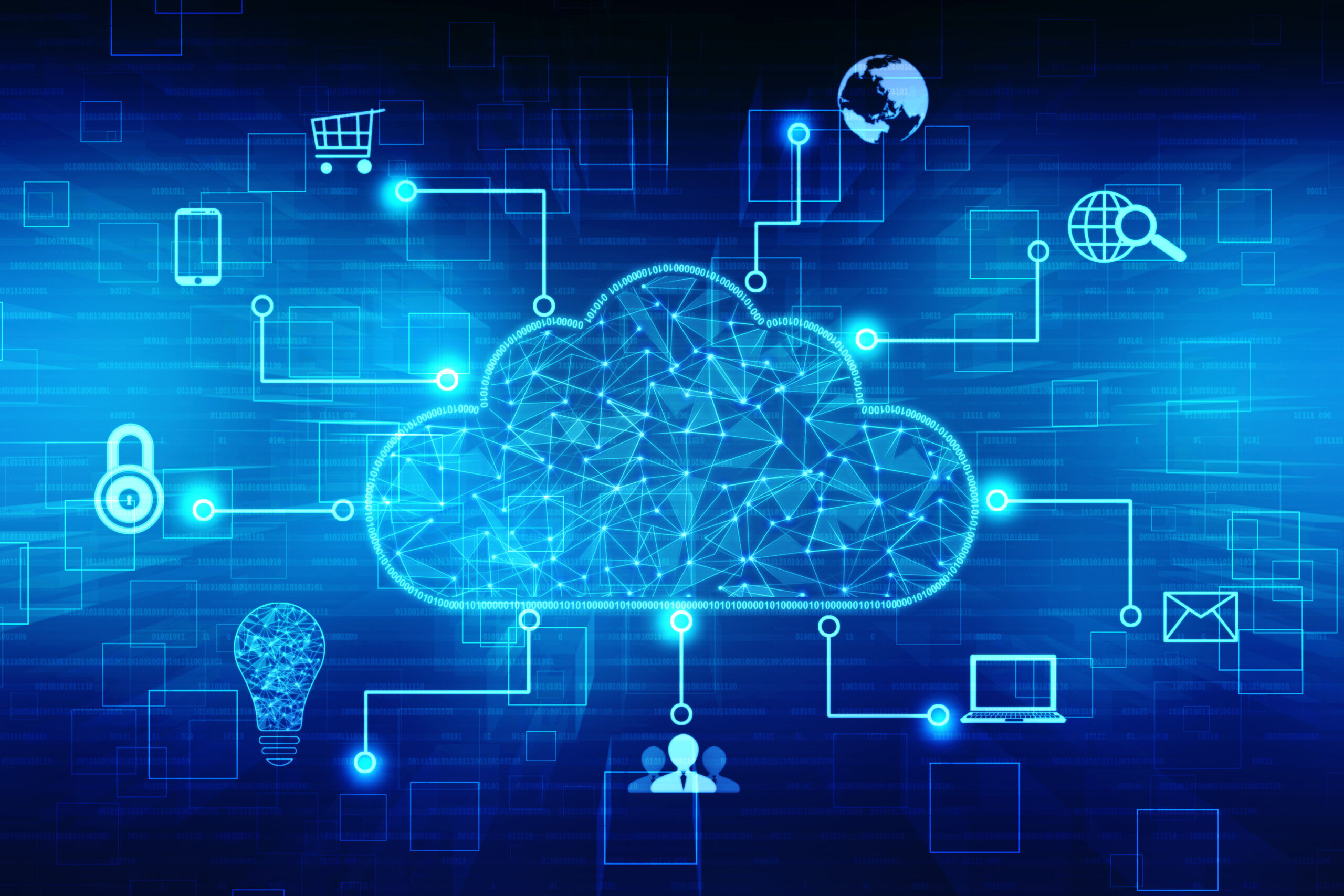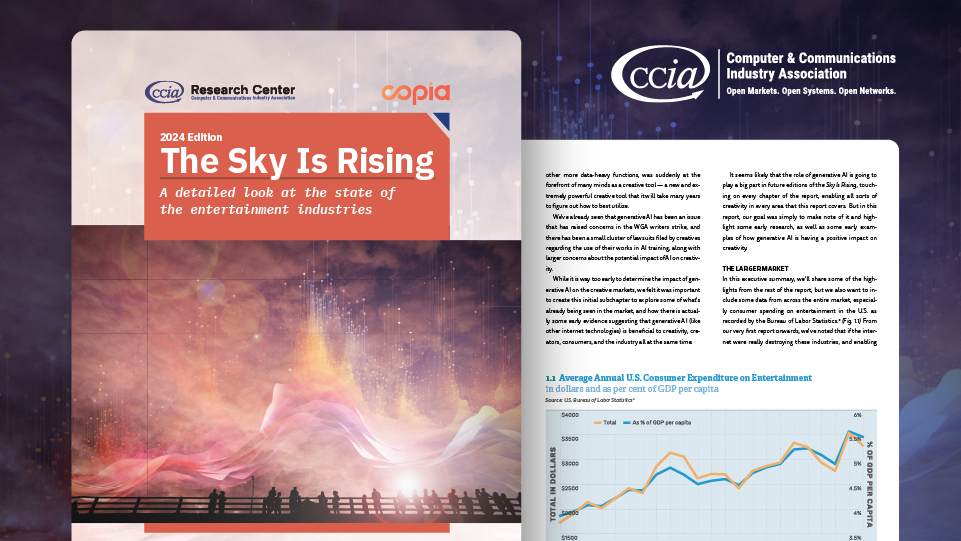Music Licensing Explainer, Part II: The Tragedy of the Anticommons
What Do Licensing, the Rhine, and the Silk Road Have In Common?
In my last post I explained the history of the music fight, and in this post I wanted to look forward to the problems music users fear if they can no longer get full work licenses from ASCAP and BMI. The biggest issue is from what law professor Michael Heller described as the tragedy of the anticommons. This tragedy might sound complicated, but it’s actually a simple way of describing a wide range of coordination breakdowns that can come from too much ownership of a single resource.
The Bloody History of the Anticommons
The tragedy of the anticommons is not merely academic: it actually has a very interesting and sometimes bloody history. The tragedy has been developed by a number of economists and scholars to describe a wide range of modern problems, like hold-up, double marginalization, patent thickets, and submarine patents. However, one of the clearest examples of the tragedy comes from toll collectors along the Rhine River in medieval Germany.
The Rhine River was the commercial superhighway of Western Europe from around 800 AD. As such, the Holy Roman Empire closely guarded the tolling rights along the river and kept tolls low to promote trade. However, local German leaders, usually low-ranking nobility, erected unsanctioned castles along the Rhine River to collect tolls without permission. These “robber barons” would stretch chains across the river to prevent passage without payment. As the total cost for traveling the Rhine went up, merchants started to avoid the Rhine entirely. Each baron was acting in their own self-interest by taxing a resource common to all stakeholders: the commerce along the river. In the aggregate, however, these individually rational decisions turned out working to everyone’s disadvantage. It actually became cheaper for merchants to take much more difficult land routes to their destinations. This of course had a disastrous effect on trade and the income from sanctioned toll collection.
The solution came in the form of the Rhine League, which actually led military campaigns against the robber barons and destroyed their castles. Today, the oldest surviving international organization – Central Commission for Navigation on the Rhine – was actually formed in part to coordinate fees and duties among the countries along the Rhine River.
The Rhine is not the only place in history where the tragedy appears. It seems that the prosperity that came from the trade of goods and culture between Europe and China starting in the early 1300s was due to the consolidation of lands by Genghis Khan under the Mongolian Empire. Prior to Genghis Khan, the route from Europe to China went through many countries that were unsafe and demanded tribute from merchants transporting goods. These taxes and dangers cut into the profits of traders and the trip was not especially attractive. Genghis Khan’s conquest greatly diminished the amount of tribute gatherers and, along with the prioritization of safety, led to the rise of the Silk Road. The trade that resulted introduced Europeans to a wide variety of goods, spices, and gunpowder. Important ideas were also exchanged, leading to the introduction of bills of exchange, deposit banking, and insurance to Europe.
The Tragedy of the Anticommons Stated Simply
The tragedy today tends to describe what happens when people who each own the rights to the same or complementary goods either can’t or won’t work together to set a total price that is attractive to buyers. Basically, everyone can say no (or demand more money) but no one can unilaterally say yes. Complementary rights are common in our society of integrated technological goods and webs of intellectual property rights. An example is smartphones – there are many intellectual property owners that must license their rights to hardware and software before a smartphone can be produced. If no smartphone is made, these rights holders do not get paid.
In the copyright world, the dispute is over whether full work licensing or fractional licensing applies to any given transaction. Congress set out to avoid the tragedy of the anticommons, and to encourage the use of artistic works, by stating that full work licensing is the default rule under the Copyright Act. What this means is, unless changed by contract, each copyright co-owner has the right to license 100% of a work and simultaneously has a responsibility to pay the other co-owners their share of any money received. Fractional licensing is when the co-owners of songs agree by contract to only license their rights, meaning that music users must still seek out and license from the remaining owners in order to receive the full rights to a song (see this post by Matt Schruers for more explanation).
The Tragedy Looms Over the Music Industry
The music industry initially solved the tragedy of the anticommons through its practice of licensing through large not-for-profit PROs like ASCAP and BMI. A music user who takes a blanket license from the PROs knows that they have the rights to play the songs in the catalogues of the PROs. This makes it easy to clear rights and connect creators with users.
Fractional licensing defeats this and reintroduces the tragedy of the anticommons. Music users, like Internet streaming services, would no longer be able to guarantee that they have all the rights to any particular song by taking blanket licenses from the PROs. Music users would be additionally tasked with tracking down all the co-owners to every song they wish to play and making a licensing offer. Each co-owner would also have an absolute veto right on the use of any song or could hold up the use of a song until an exorbitant fee is paid.
The music industry has a couple complicating factors that make it especially unattractive for music users to live in a fractional licensing world. First, there is no centralized database or record of who owns what and in what amount. It can be very difficult to determine the owners of a particular song, and even private databases can have trouble keeping up with a living market where copyright ownership changes hands.
Second, copyright law has statutory damages that can amount to $150,000 per infringement. Internet music services play millions of songs, making managing the rights of their catalogue difficult and the error costs high in a fractional licensing world. During the piracy battles of the late 2000s, the recording industry won heavy fines in several high-profile cases against file sharers. This included a $222,000 fine against Jammie Thomas-Rasset for sharing 24 songs and a $675,000 fine against Joel Tenenbaum for sharing 30 songs — imagine the potential liability for an Internet streaming service that plays tens of millions of songs.
Living in a Post-Tragedy World
Consumers would likely still be able to stream music on the Internet if fractional licensing by ASCAP and BMI was permitted, however it would be noticeably worse and might even put some streaming services out of business. Transaction costs would be higher, and consumers could expect prices to rise. Another problem is that music streaming services will become risk adverse when it comes to playing any particular song, meaning if they cannot guarantee they have 100% of the rights then they just won’t play it.
Finally, one might ask what’s the point of having PROs like ASCAP and BMI in a fractional licensing world? These organizations were founded to prevent the tragedy of the anticommons, and were given special consideration under the antitrust laws because of this – something I will tackle in my next post.
Matthew Lane is a lawyer and policy advocate who has spent his career tackling the interesting issues that occur when competition and intellectual property law and policy collide. Follow @MattCameronLane








